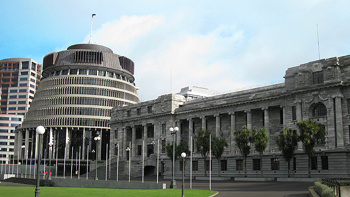Follow
the podcast on


Iconic. Few world landmarks exemplify the full meaning of that word quite like the Taj Mahal. I’ve just enjoyed freshly communing with the wondrous masterpiece in Agra, as part of a private tour of Classic India with Wendy Wu Tours. Four hours drive from New Delhi, Agra is rough and ready in places, much like the driving standards on India’s roads. As my delightful Wendy Wu Tours driver Mr Singh observed, “There are three golden rules when driving in India. You need a good horn, good brakes and good luck.”
Before savouring the gleaming Taj, my Wendy Wu Tours guide Nadeem led us on an enlightening tour around Agra Fort. En-route, we passed a decrepit sandstone building that Nadeem remarked had become nicknamed the “Monkey House” by locals. Apparently a vast tribe of 200 Rhesus macaques inhabit the crumbling building, running riot on the adjoining road when they head out to find food.
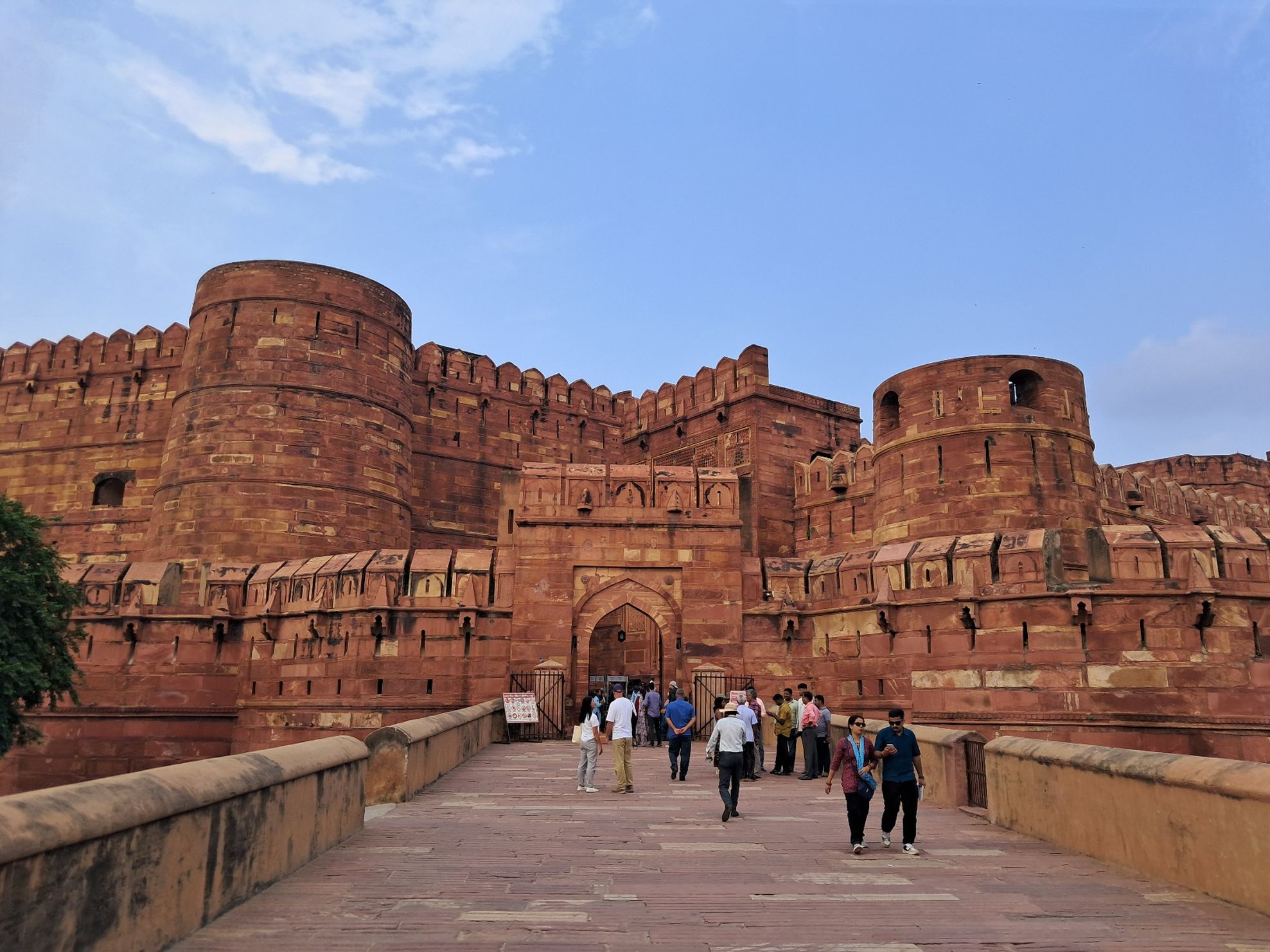
Agra Fort is a marvel, a mighty red sandstone fortress overlooking the Yamuna River. It was established by the Mughal emperor Akbar in the 16th century, who was a descendant of Genghis Khan. The sprawling fort served as a military base and a royal residence, as well as the seat of government when Agra was the capital of the Mughal Empire. The complex is a delight to explore, radiantly reflecting the architectural grandeur of the Mughal reign – a fusion of Persian and Indian design flourishes.
Highlights include the Pearl Mosque, constructed by Shah Jahan. This tranquil and perfectly proportioned structure is made entirely of white marble. The splendid Palace of Mirrors (Sheesh Mahal), had its walls and ceilings inlaid with thousands of small mirrors. The fort also served as a prison and Nadeem led us to gaze at where Shah Jahān sadly spent the last eight years of life, in his gilded cage.
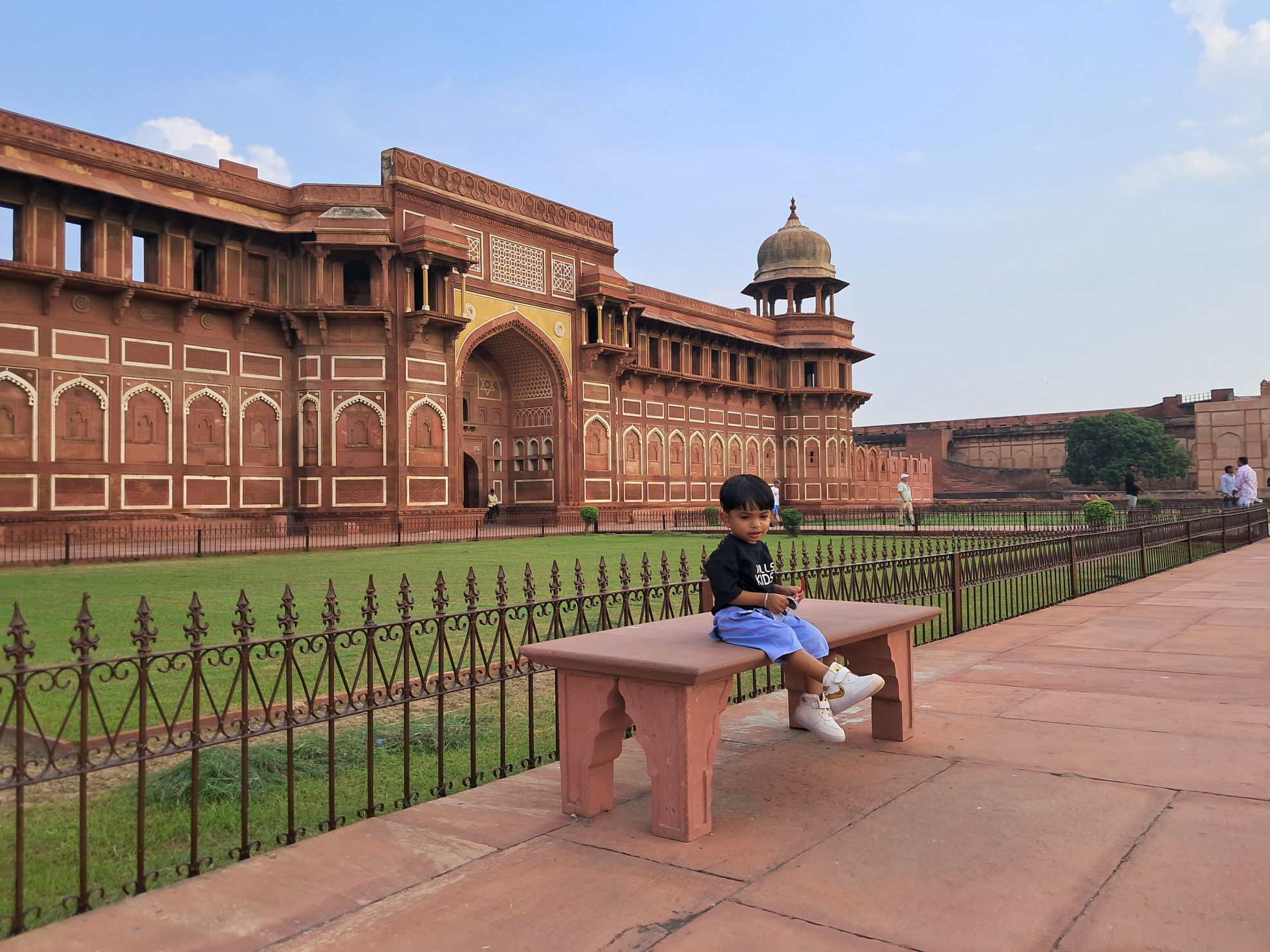
Aurangzeb, his son and successor as emperor, incarcerated him there in 1658. At least Jahan could gaze across to his finest triumph, his sublime Taj Mahal, rising proudly on the horizon, around the river bend. Another headline sight at Agra Fort is the Tomb of I'timād-ud-Daulah in Agra, India. Nicknamed the baby Taj, it’s considered a precursor to the Taj Mahal. It was built 30 years earlier, for the father of the Mughal Empress Nur Jahan.
The alarm clock was set for an early wake-up the following morning, to witness the Taj Mahal at sunrise. The last time I visited the Taj fourteen years ago, we timed it for sunset – but the crowd crush detracted from the experience. Wendy Wu Tours strongly recommended a sunrise visit – and they weren’t wrong. There were barely a hundred people on site for the dawn of a new day and the absence of crowds enhances the encounter immeasurably. (Nor will you battling extreme heat.)
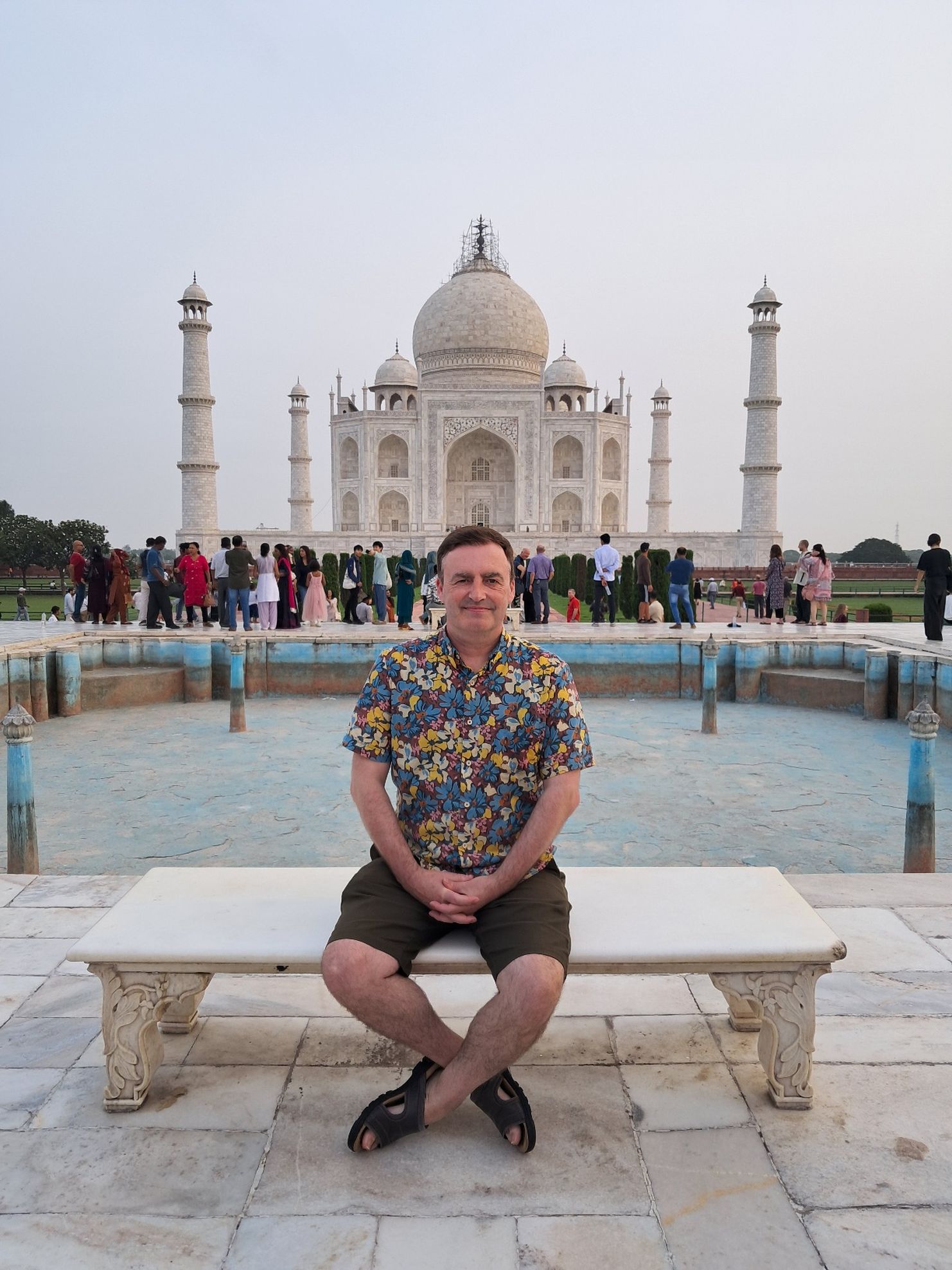
After duly posing for photos on the marble bench immortalised by Princess Diana’s visit, it was positively soothing to size up this colossal marble mausoleum from every angle and vantage point, as a yolky sunrise stamped its presence on proceedings. I felt lost in awe-inspired reflection in the ornamental gardens. Built as a memorial by Shah Jahan for his third wife, who died giving birth to their 14th child, it is arguably the world’s greatest monument to love. The emperor was apparently so heartbroken by her death, his hair turned grey overnight. Construction of the monument began within 12 months, with the bulk of the building taking 8 years to complete. 20,000 people from India and Central Asia worked on the building, while specialists from Europe were brought in to produce the exquisite marble screens and inlay work. Much of the gold and precious stones were later looted by British soldiers.
Following his death, Shah Jahan was buried here, alongside his third wife. There are so many touches to his masterpiece to admire. Look closely and you’ll notice that the four soaring minarets are all subtly tilted away from the main building, so that they won’t fall on it, in the event of a major earthquake. I love how the building was purposefully positioned pointing north, so that it is bathed in maximum sunlight from dawn to dusk, heightening the creamy lustre of the marble. And nothing detracts in the background. Built on a raised platform with its back to the river, the backdrop is only sky – a masterstroke in design, which adds to its timeless enchantment.
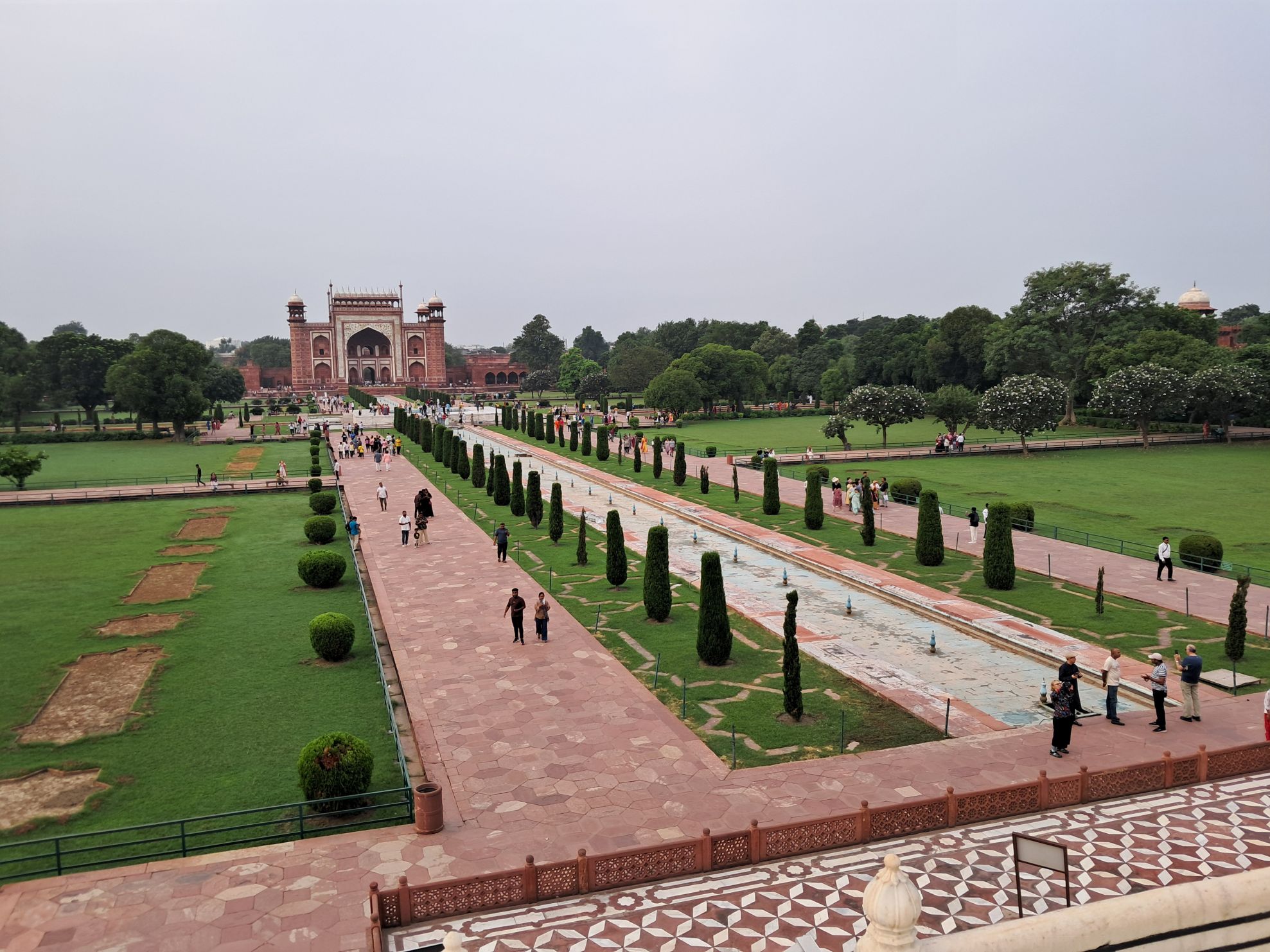
It was striking how serious they are taking the threat of air pollution around the Taj mahal, with an enormous perimeter area, clamping down on vehicle use and the forced closure of factories in proximity to the monument. Previously, the Taj Mahal has been spruced up with an ancient face-pack recipe known as multani mitti. This blend of soil, cereal, milk and lime beautifies the skin. I must try it.
They’re very proud of all things Mughal in Agra so why not tuck into some Mughlai cuisine? This rich, meaty and aromatic culinary style blends Indian flavours with Persian, Turkish, and Central Asian influences. It is known for its creamy, rich gravies, elaborate dishes, and the liberal use of aromatic spices, almonds, cashews, dried fruits, and dairy products. Famous dishes chicken biryani, chicken korma and rogan josh.
A decadent dessert steeped in Mughal Empire tradition is Shahi Tukda. Translating as royal bread, this version of bread pudding consists of crisp, fried bread slices soaked in sugar syrup and adorned with a creamy blend of milk, cornflour, spices, and nuts. Delicious! Great street snacks include peitha, a square sweet made from pumpkin and glucose and flavoured with rosewater, coconut or saffron. Also try gajak, a slightly spicy sesame-seed biscuit strip.
I sampled some great local dining while staying at the Grand Imperial Hotel, in the heart of Agra. Standing proud since the early 1900s, this British colonial-era property with its soothing arches and colonnades and sprawling garden is a haven of elegant heritage and affordable luxury. It was built for the British as the Colonial Hotel and the property is steeped in period furnishings. This heritage gem gracefully merges historical charm with contemporary comfort. Every corner of the property reverberates with history’s echoes and nods to ancient royalty, adorned with plush Lahori bricks, regal arches, and exquisite paintings. The sparkling swimming pool and lush gardens are a serene sanctuary to unwind the body, after a hot, sticky day of sightseeing.
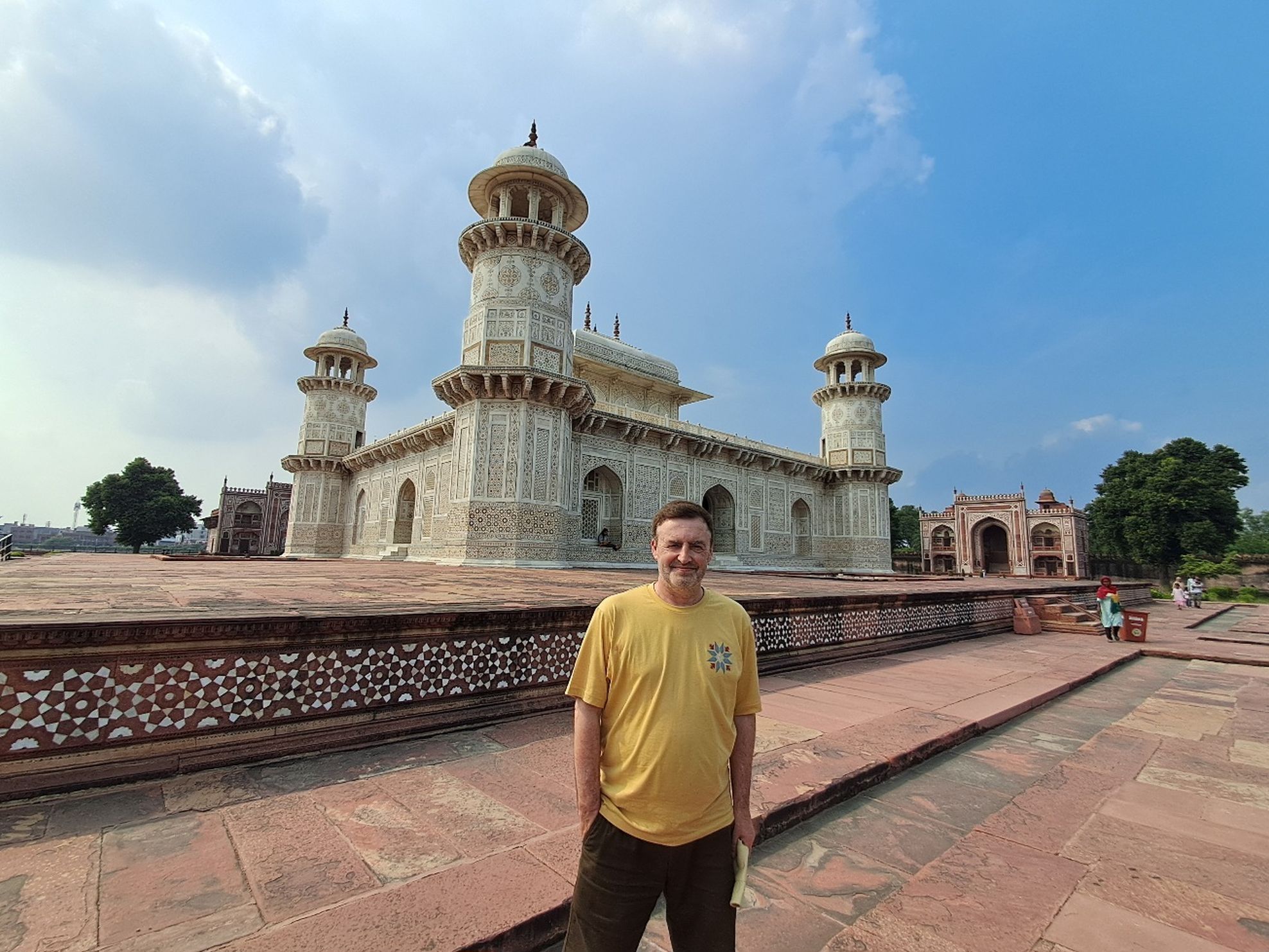
Hospitality is flawless and you’ll be pleasantly surprised at the bargain accommodation rates. Strike it lucky and the hotel may well be hosting a bling-bling Indian wedding, while you’re in-house. That is quite the spectacle! Delve into India with the award-winning tour specialists across Asia and beyond. Choose a tailor-made private holiday to optimise your itinerary and accommodation preferences, as much as you wish. The itinerary can be as active or as laid back as you are, with full flexibility over included meals and excursions. You’ll be in the best of hands with Wendy Wu Tours. www.wendywutours.co.nz/india
From New Zealand, it’s just a one-stop connection to a multitude of destinations in India, including New Delhi, with Singapore Airlines, on their various daily services from Auckland and Christchurch to Singapore. Enjoy well-timed connections for an easy transit in Singapore. Across all classes of travel, the award-winning carrier has not only fostered a world-beating reputation for its exceptional customer service and in-flight product, but also its innovation. Become a KrisFlyer member and enjoy complimentary in-flight WiFi. For best fares and seats to suit head to https://www.singaporeair.com
Mike Yardley is our resident traveller on Jack Tame Saturday Mornings.
Take your Radio, Podcasts and Music with you









